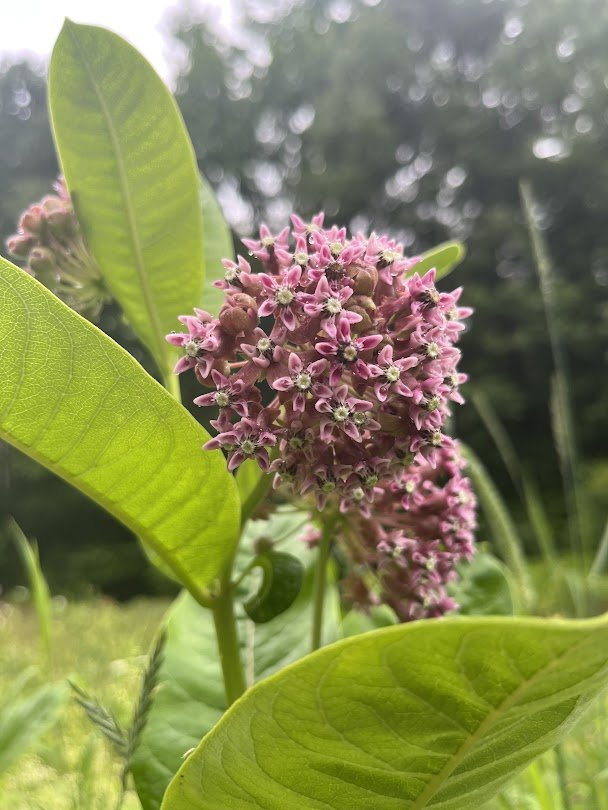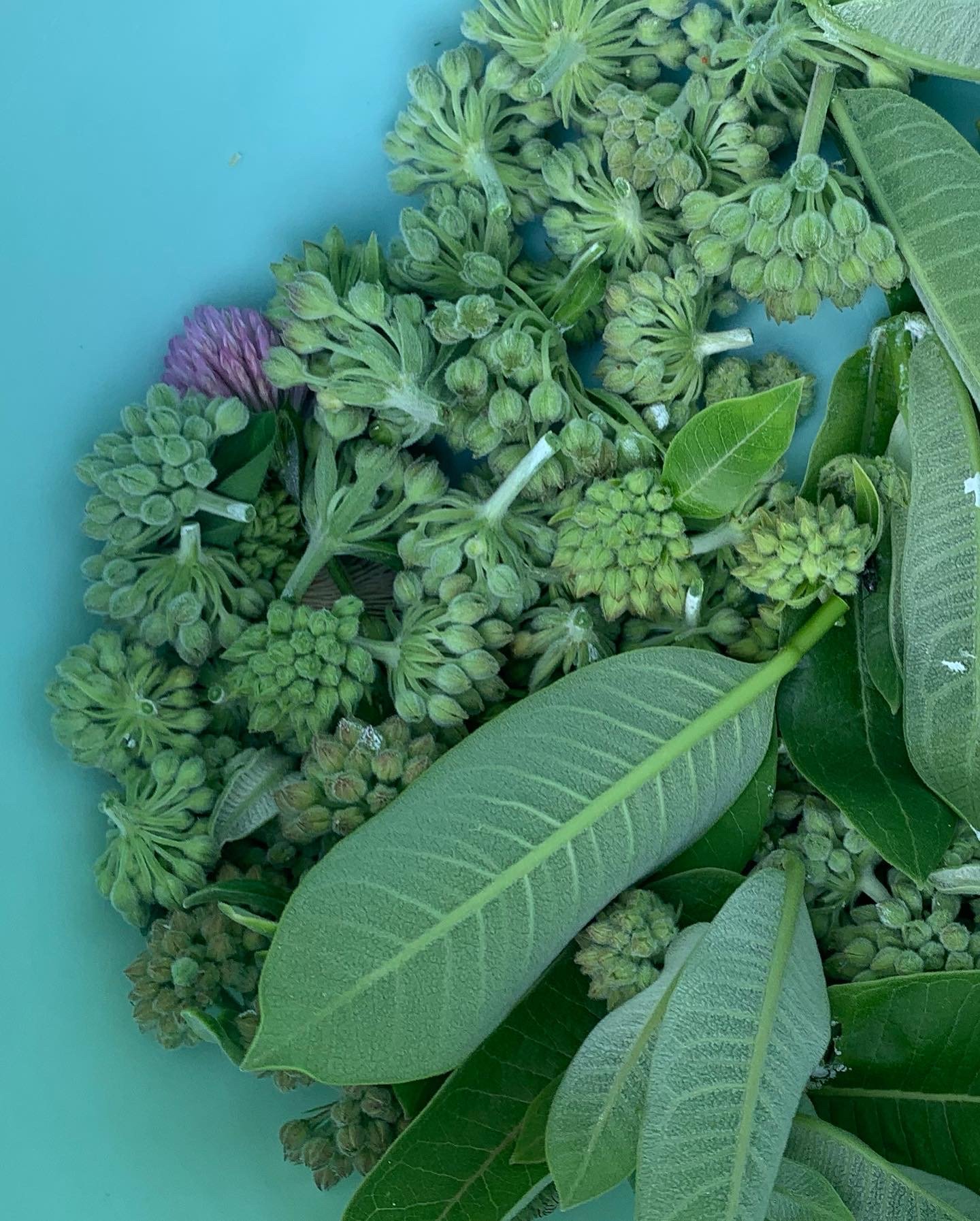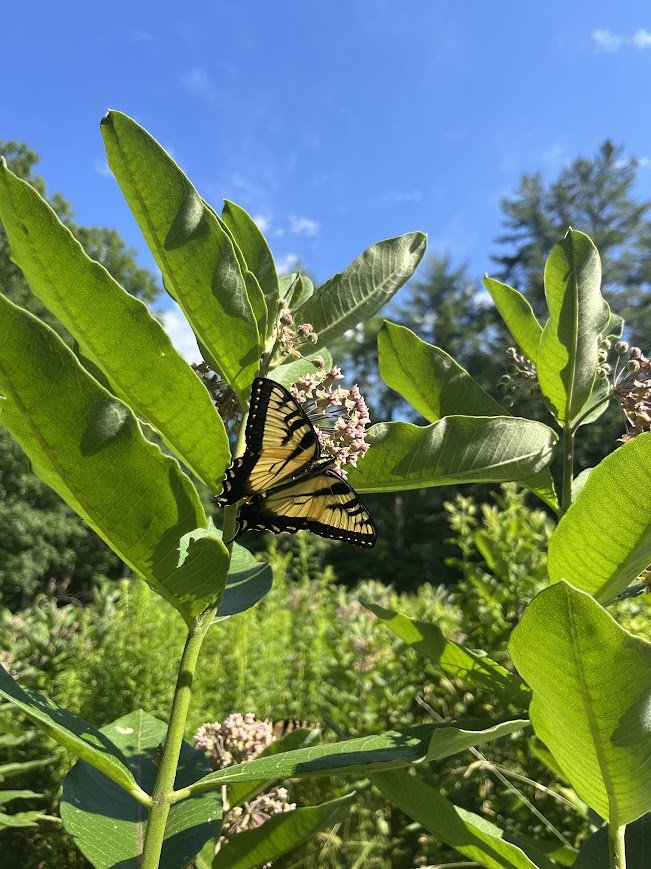 Image 1 of 6
Image 1 of 6

 Image 2 of 6
Image 2 of 6

 Image 3 of 6
Image 3 of 6

 Image 4 of 6
Image 4 of 6

 Image 5 of 6
Image 5 of 6

 Image 6 of 6
Image 6 of 6







Common Milkweed - Seeds & Bare Root Plant
Asclepias syriaca
Common Milkweed is well known as the primary food source for monarch butterfly larvae. Easily recognized by its warty seed pods, which split open in early fall to reveal delicate, silky seeds, this native plant plays a critical role in supporting pollinators. Due to widespread herbicide use, milkweed has declined across the United States, contributing to the monarch butterfly’s endangered status. Fortunately, Common Milkweed grows well from seed and, once established, spreads readily through its rhizomes. Enjoy its fragrant pink flowers in summer and the abundance of insects that visit to feed on various parts of the plant.
Seeds require cold stratification to germinate—read this quick article to learn how to accomplish this.
Hardiness: Zone 4A-9A
Soil: Dry and sandy to moist
Light: Full sun
Options:
One packet contains approximately 50 seeds.
Bare Root Plant
Asclepias syriaca
Common Milkweed is well known as the primary food source for monarch butterfly larvae. Easily recognized by its warty seed pods, which split open in early fall to reveal delicate, silky seeds, this native plant plays a critical role in supporting pollinators. Due to widespread herbicide use, milkweed has declined across the United States, contributing to the monarch butterfly’s endangered status. Fortunately, Common Milkweed grows well from seed and, once established, spreads readily through its rhizomes. Enjoy its fragrant pink flowers in summer and the abundance of insects that visit to feed on various parts of the plant.
Seeds require cold stratification to germinate—read this quick article to learn how to accomplish this.
Hardiness: Zone 4A-9A
Soil: Dry and sandy to moist
Light: Full sun
Options:
One packet contains approximately 50 seeds.
Bare Root Plant

